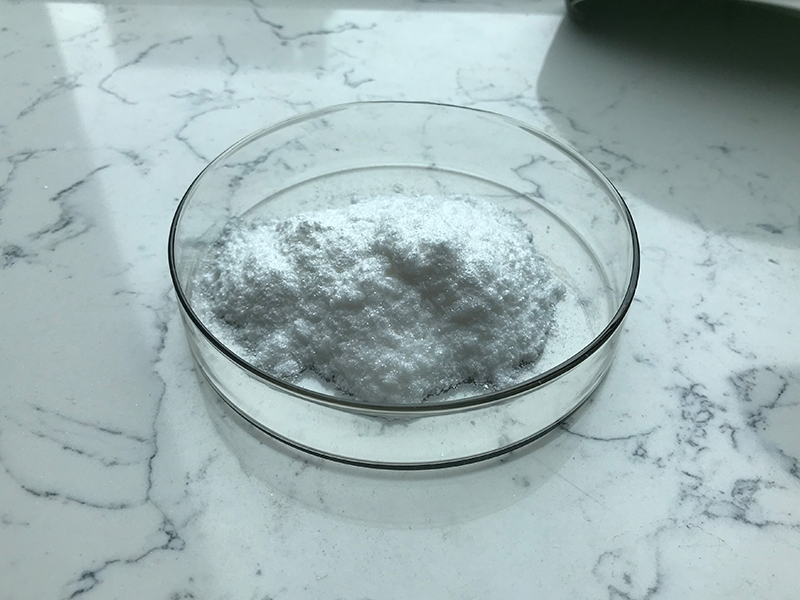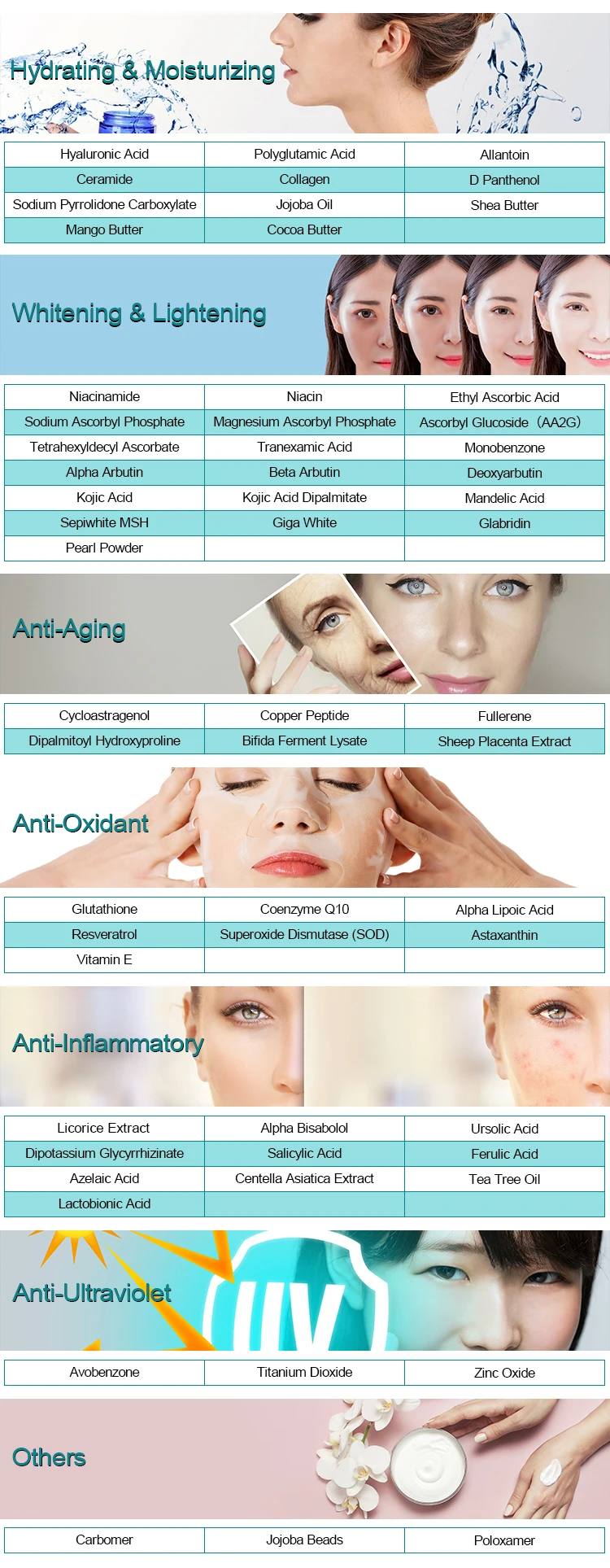Kojic Acid Dipalmitate is an ester derivative of Kojic Acid, a natural substance obtained from various fungi. Kojic Acid Dipalmitate is commonly used in skincare products for its skin-lightening and antioxidant properties. Below are the general materials and methods typically associated with the production or formulation of products containing Kojic Acid Dipalmitate:
Materials of Kojic Acid Dipalmitate:
1.Kojic Acid Dipalmitate: The primary active ingredient, obtained commercially or synthesized in a laboratory.
2.Base or Vehicle: This could be a cream, lotion, serum, gel, or any other cosmetic formulation base.

3.Emollients: These are substances that provide a smooth and soft texture to the product. Common emollients include oils, fatty acids, and esters.
4.Emulsifiers: Essential for stabilizing the formulation, ensuring the proper mixing of water and oil components.
5.Preservatives: To prevent microbial growth and extend the shelf life of the product.
6.Antioxidants: Additional antioxidants may be included to enhance the stability of Kojic Acid Dipalmitate and protect the product from oxidation.
7.Humectants: These ingredients help retain moisture in the skin, improving hydration.
8.Thickeners: If needed, substances to adjust the viscosity of the product.
9.Fragrance and Colorants: Optional, for sensory appeal and visual appearance.
Methods of Kojic Acid Dipalmitate:
1.Weighing and Measuring: Accurately measure and weigh each ingredient to ensure proper formulation.
2.Mixing the Base: Combine the base or vehicle with emollients, emulsifiers, and humectants. Heat may be applied to aid mixing.
3.Dispersing Kojic Acid Dipalmitate: Incorporate the Kojic Acid Dipalmitate into the base. Care must be taken to evenly distribute the active ingredient.
4.Cooling and Homogenization: Allow the mixture to cool while homogenizing to ensure a uniform consistency.

5.Adding Additional Ingredients: Integrate preservatives, antioxidants, thickeners, and any other desired components.
6.Adjusting pH: Check and adjust the pH of the formulation if necessary. Kojic Acid Dipalmitate is generally stable within a specific pH range.
7.Quality Control: Perform stability tests, microbial testing, and other quality control measures to ensure the product meets safety and efficacy standards.
8.Packaging: Fill the final product into appropriate packaging, ensuring it is well-sealed to prevent contamination.
It’s crucial to follow good manufacturing practices (GMP) and adhere to regulatory guidelines when formulating cosmetic or skincare products containing Kojic Acid Dipalmitate. Additionally, it’s recommended to consult relevant literature, scientific publications, and regulatory authorities for the most up-to-date information and guidelines on the use of Kojic Acid Dipalmitate in cosmetic formulations.
